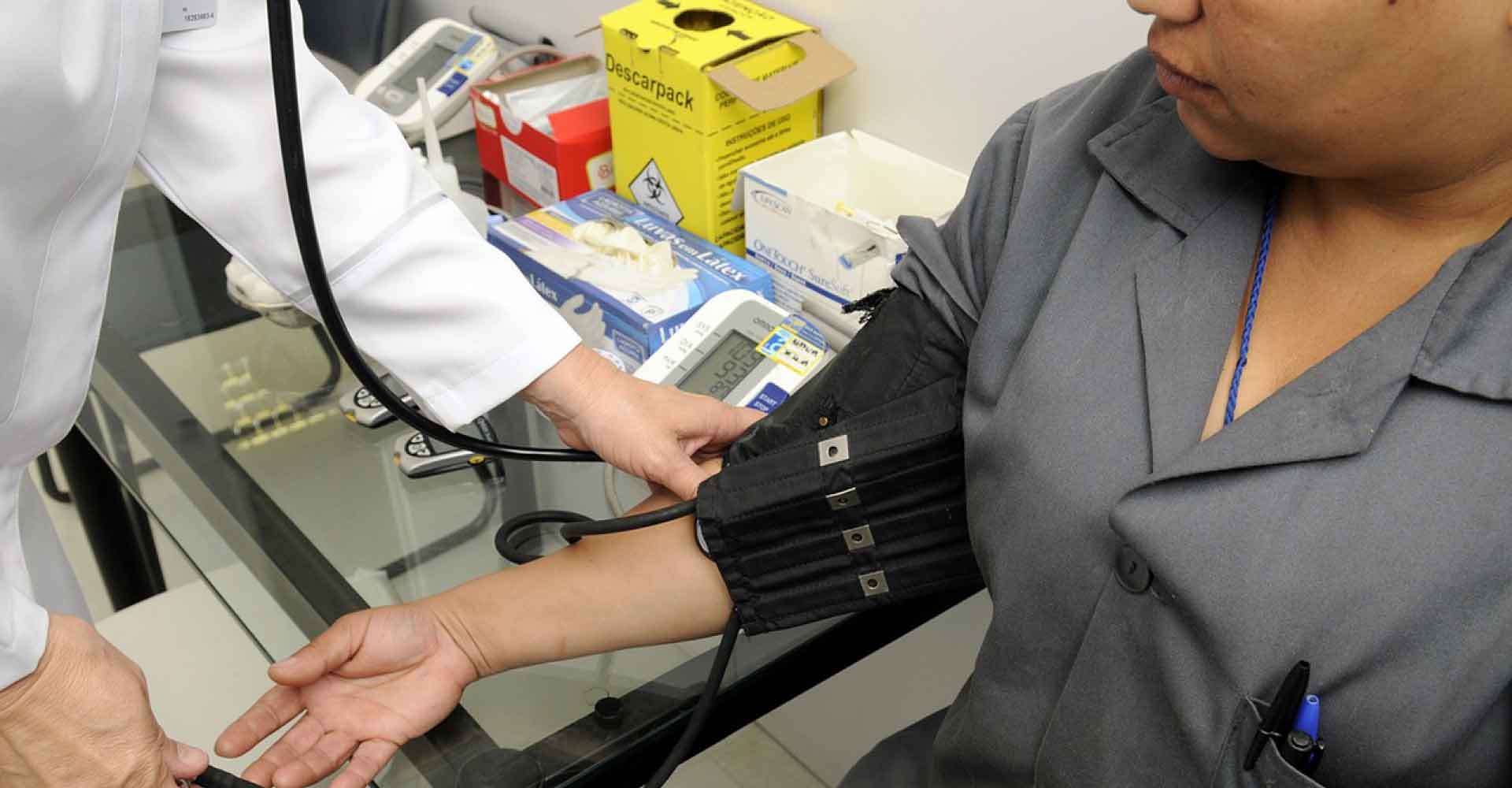
MRI
Boise, Idaho
We Offer Medical Imaging at Lower Costs
Contact UsMRI at Treasure Valley Hospital in Boise
Magnetic resonance imaging (MRI) of the body uses a powerful magnetic field, radio waves and a computer to produce detailed pictures of the inside of your body. At Treasure Valley Hospital in Boise, we pride ourselves on providing high-quality MRI services at low costs for our patients. If you, a friend or family member has an injury and needs an MRI, consult with Treasure Valley Hospital in Boise for the best possible quality and costs.
Three Major Components of an MRI Scanner
There are three major components to an MRI scanner, the most important of which is the main superconducting magnet that's about 1,000 times the strength of a kitchen refrigerator magnet. Then there are a radio transmitter and a receiver. A magnetic field is created that causes atoms in the body to resonate. A scanner detects the resonation, and an image of the part of the body being studied is produced. Three and four dimensional anatomical images are detailed with high resolution. For some images, contrast agents are injected into the patient to produce of even higher quality MRI images.
Unlike x-rays or CT scans, MRI studies aren't potentially harmful to patients either. These studies have been called the best way of looking inside of the human body without actually opening it up. The first MRI machine was used in 1977. It's now owned by the Smithsonian Institution.
MRI Imaging and What You Should Know
Due to the strong magnetic field used during the exam, certain conditions may prevent you from having an MRI procedure. Some implants such as STENTS, SHUNTS, ANEURYSM CLIPS, PACEMAKERS, DEFIBRILLATORS, HEART MONITORS, NEUROSTIMULATORS, IMPLANTED DRUG INFUSION DEVICE, METALLIC FOREIGN BODY OR OTHER IMPLANTS may not be MRI compatible. If any of the following implants are applicable to you, please be prepared to provide the manufacturer and model number of the implanted device or an Operative Report from when the device was implanted, either at the time of scheduling or prior to your exam. The radiology staff will let you know whether your implant is MRI compatible.
Preparing for MRI Imaging
Please arrive at least 15 minutes prior to your scheduled exam time. This is to ensure that you have enough time to fill out your registration paperwork. Wear comfortable clothing. Avoid wearing clothing with zippers, metal snaps or buckles. You will need to remove jewelry, watches, metal hairpins or clips, hearing aids, glasses and body piercings. There is usually no dietary or medication restrictions but a TVH imaging employee will inform you if there is. Most MRI scans take approximately 45-60 minutes per body part. However, it may take longer depending on what part of the body is being studied and if contrast is involved.
MRI Exams with Contrast
Some MRI scans will require the use of a contrast dye, either through an IV or by an injection directly into the area being scanned. An MRI with the use of IV contrast is where you will have the contrast running through an IV during the duration of your scan. Make sure you drink plenty of fluids prior to having IV contrast. People who are PREGNANT, HAVE KIDNEY FAILURE, ASTHMA, DIABETIC OR HAVE EVER HAD A REACTION TO CONTRAST DYE will need to inform the technologist prior to your exam. An MRI with an injection is called an “MR Arthrogram.” If this is what you are having done, please see the section labeled “Arthrogram” for further instruction.
Claustrophobia Concerns
It is important that you lie very still during your scan. If you think you or your family member will have difficulty lying still during the MRI scan, please discuss this with the doctor who ordered your scan. The physician may prescribe a mild sedative to help you relax. You will need a driver to drive you home if taking a sedative.
What MRI Scanners Are Used For
A wide range of medical disorders can be diagnosed through MRI studies. MRI scanners are particularly well suited to show torn muscles, tendons and ligaments along with disorders that include:
- Strokes
- Blockages
- Aneurysms
- Spinal cord injuries
- Vision and hearing impairments
- Determining the aggressiveness of tumors
The MRI Process
Before the imaging process begins, the patient must remove all metal jewelry. He or she is then helped onto the scanner's sliding table to lay down. Headphones are often offered for additional comfort and relief of any anxiety. The patient is then rolled into the magnets on the sliding table. The patient must stay still during the scan. Any movement will distort the final image. The scan will take between 20 and 60 minutes. When the MRI scan is completed, the patient merely gets up off of the MRI table and goes home.
Functional MRI
An MRI can also be used to measure the brain's functional processes by measuring blood flow to its different parts. This procedure has been invaluable in enhancing knowledge of brain function and activity. The first MRI machine from 1977 took five hours to produce a single image. Techniques continue to improve, and smaller areas of the body can now be studied with specificity down to one millimeter of thickness.
